often ask what is the safest city in Canada. Every report points toward Quebec City. It offers a mix of small-city warmth and consistent security. The city feels safe because its design makes it safe, not because of fear. No matter where you walk, the streets feel calm. Public services arrive on time, neighbors look out for each other, and safety is part of the city’s culture. Civic choices and community energy bring this result. This explains how safety works here beyond numbers. It shows you how the city keeps crime low, how people live safely every day.
1. Crime Data Shows Consistency And Calm
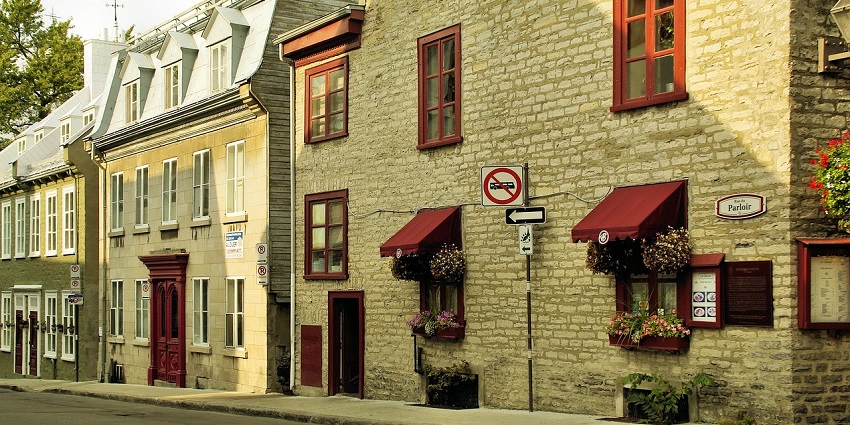
Photo: DEZALB / Pixabay / Image For Representation Only
Quebec City’s crime reports show low rates for violence and theft. Where larger cities worry about assault or robbery, this city seldom sees them. Burglaries do happen, but less often than in comparable cities. People feel safe keeping their doors unlocked at night when they are at home. What matters more is how safety feels. This city stands out for the absence of fear, not the presence of walls. This is what makes it a true model of safety.
2. Design That Helps People Feel Safe
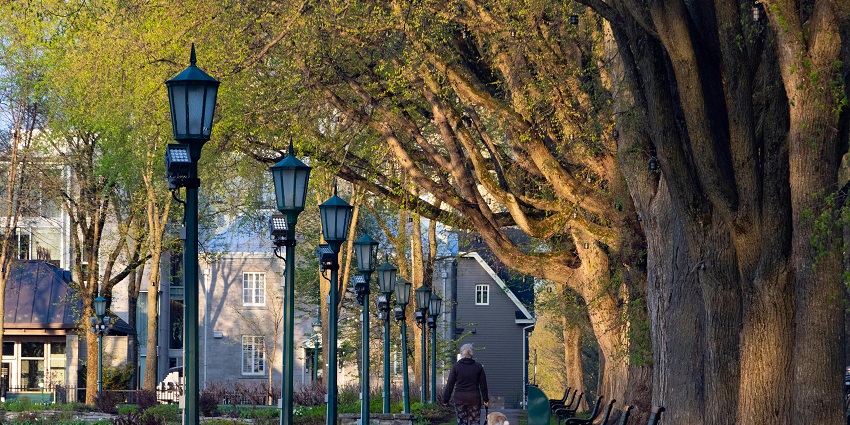
Photo: Sim Sam / Pexels / Image For Representation Only
Urban planning here is not focused on cars alone. Streets encourage walking, cycling, and public transport access. Sidewalks are swept every day. Streetlights are placed to avoid dark patches. Areas under bridges are open and visible, not hidden. This keeps people casually present at most hours. Public parks feature benches facing the walkways. Playgrounds are next to homes and parking lots. Even small gardens are kept open to view. These small decisions add up to a place where you walk without worry.
3. People Who Care For Each Other
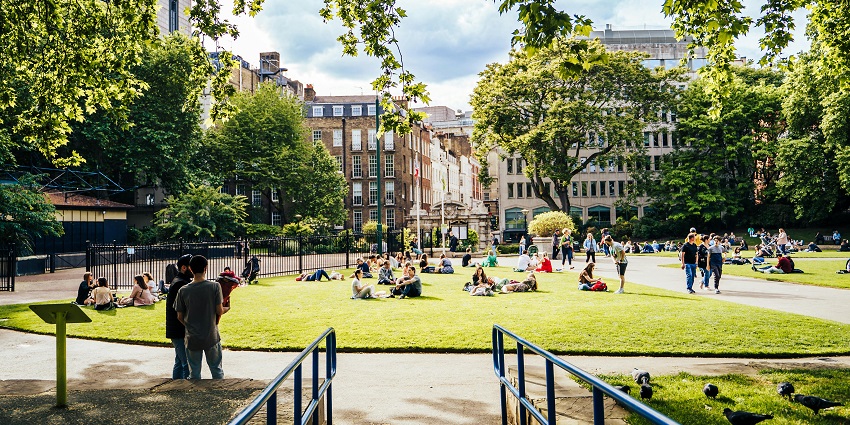
Photo: Daria Agafonova / Pexels / Image For Representation Only
Neighbors know one another here. They greet each day in front yards or outside shops. They speak up if they notice something odd or if a streetlight is broken. When needed, they alert city workers or the police. This informal network creates an extra layer of safety without rules, fees, or checks. Events bring people closer. Harvest festivals, winter skating sessions, or neighborhood picnics happen in shared squares. These gatherings are what make safety feel normal, not forced. People see each other often, so trouble rarely hides.
4. Police Practice Support And Trust
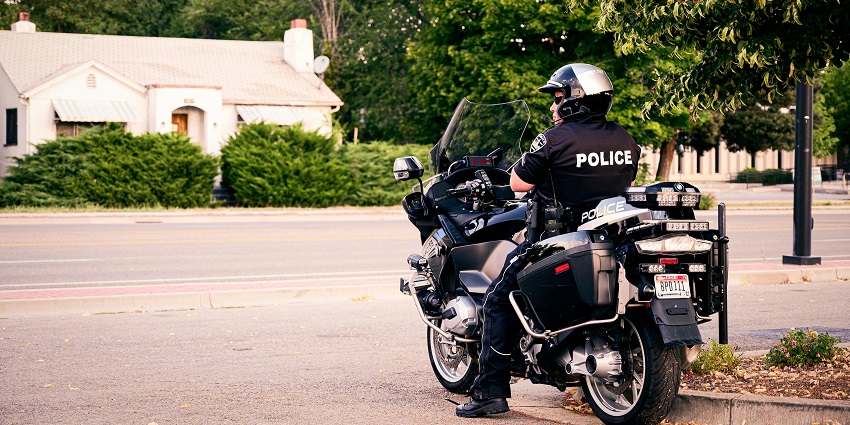
Photo: Brett Sayles / Pexels / Image For Representation Only
You will see officers walking in parks, near schools, or riding bikes on main streets. Their work feels supportive, not distant or official. People often walk up to them with questions or ask for help, and the response is friendly and kind. Police training covers how to communicate, calm crises, and respect everyone. When people meet an officer, they feel listened to, not judged. That kind of relationship strengthens trust and reduces hiding places for potential issues.
5. Life Patterns For Everyday Security
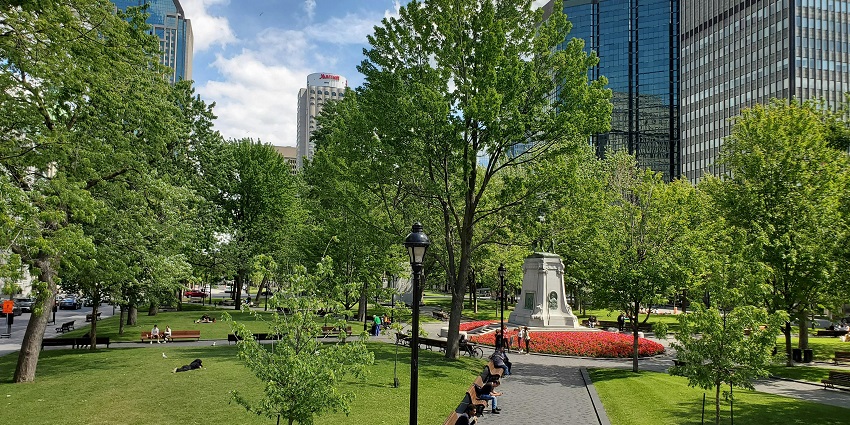
Photo: German Korb / Pexels / Image For Representation Only
People in Quebec City lock their doors. They shut the gates carefully and restore the sidewalks after snow. Children walk to school in small groups. Shop owners stay at their stores long after closing. Cafés clean chairs and leave lights on. All these small actions signal that the space is watched over. There is no sense of tension in daily life. There is only calm observation. It is awareness, held with respect.
6. Inclusion Supports Safety For Everyone
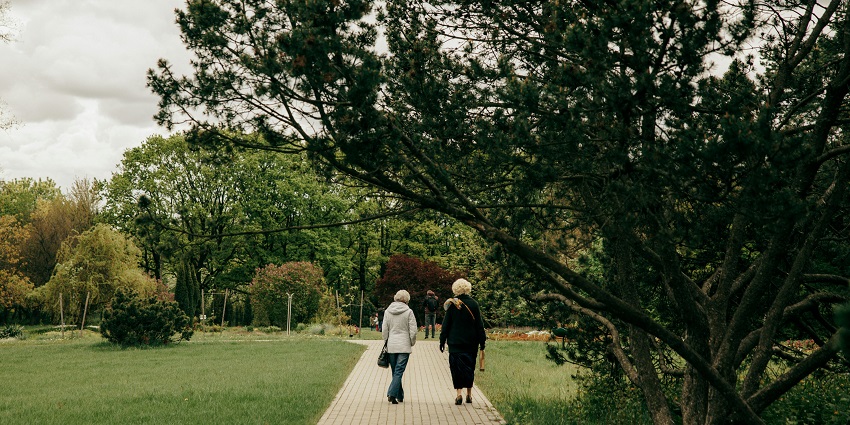
Photo: Maksim Goncharenok / Pexels / Image For Representation Only
Seniors walk with confidence along safe sidewalks. Parents bring children home from school without fear. Students feel welcome in shared bus lines. New residents find support through social services, healthcare centers, language classes, and housing help. Visitors ask for directions without hesitation. These are all signs of inclusion, which builds safety from the start.
7. What It Feels Like To Live In Quebec City
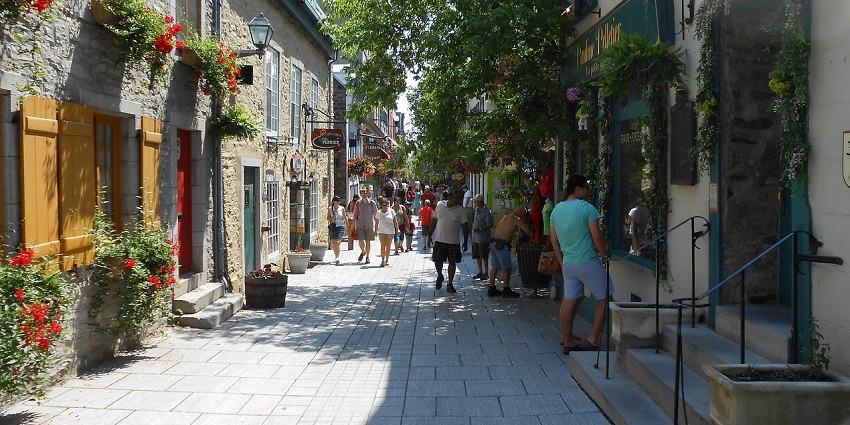
Photo: breaktime / Pixabay / Image For Representation Only
Life here has a rhythm built around safety and respect. It is the calm you feel when your bag stays by your side in a café. It is an easy walk through an open plaza. It is the night when you live without an alarm. It is the exchange with a neighbor across the lawn in evening light. Security is a calm presence more than official guardianship.
8. Community Programs That Reinforce Everyday Security
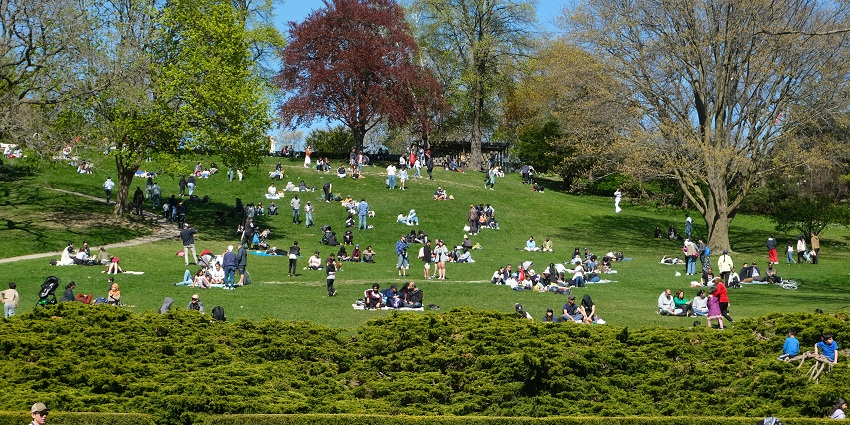
Photo: Anil Baki Durmus / Unsplash / Image For Representation Only
Quebec City invests in quiet, consistent programs that strengthen daily safety. From neighborhood watches and youth clubs to language support and clean-up drives, each effort builds trust and care within the community. Teen programs keep young people engaged and mentored, reducing isolation and guiding healthy choices. Seniors receive regular check-ins, staying active and connected. These simple steps may not grab attention, but they create a stable, secure city where everyone plays a role in keeping each other safe.
9. Emergency Services That Function Smoothly
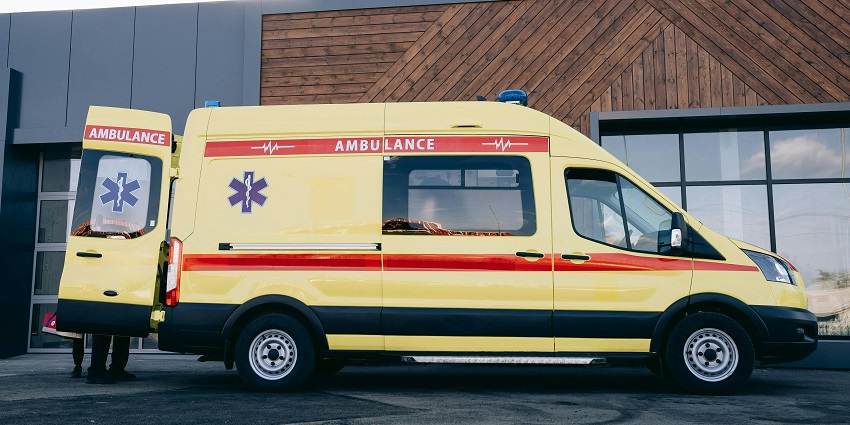
Photo: Mikhail Nilov / Pexels / Image For Representation Only
Quebec City’s safety record also owes a lot to well-organised emergency services. Ambulance teams respond quickly. Fire departments hold community education programs to help reduce household risks. Disaster preparedness drills occur in schools and offices to ensure everyone knows what to do in times of crisis. These services do not just react to problems. They train, plan, and communicate in advance. That makes every neighborhood feel supported even during rare disruptions like snowstorms or medical emergencies. Knowing that help arrives fast adds a layer of psychological comfort. The systems are there, practiced, and dependable.
If someone asks what is the safest city in Canada, the answer is Quebec City—and for good reason. Safety here comes from smart planning, reliable services, and a strong sense of community. Streets feel calm, support is steady, and people genuinely care. It’s a quiet kind of safety, built into everyday life. Plan your visit with TripXL and experience the comfort of Canada’s safest city for yourself.
Cover Photo: sbj04769 / Pixabay


 WhatsApp
WhatsApp
 Twitter
Twitter









